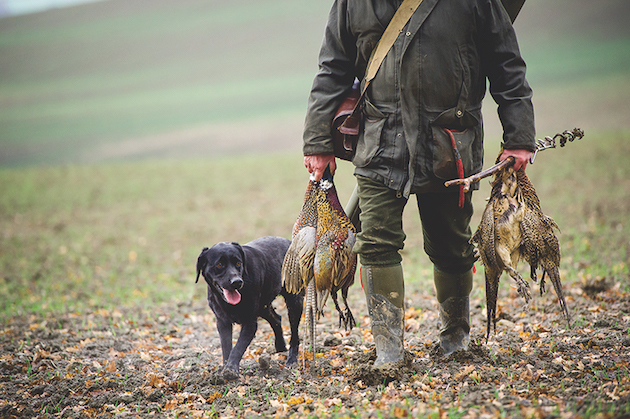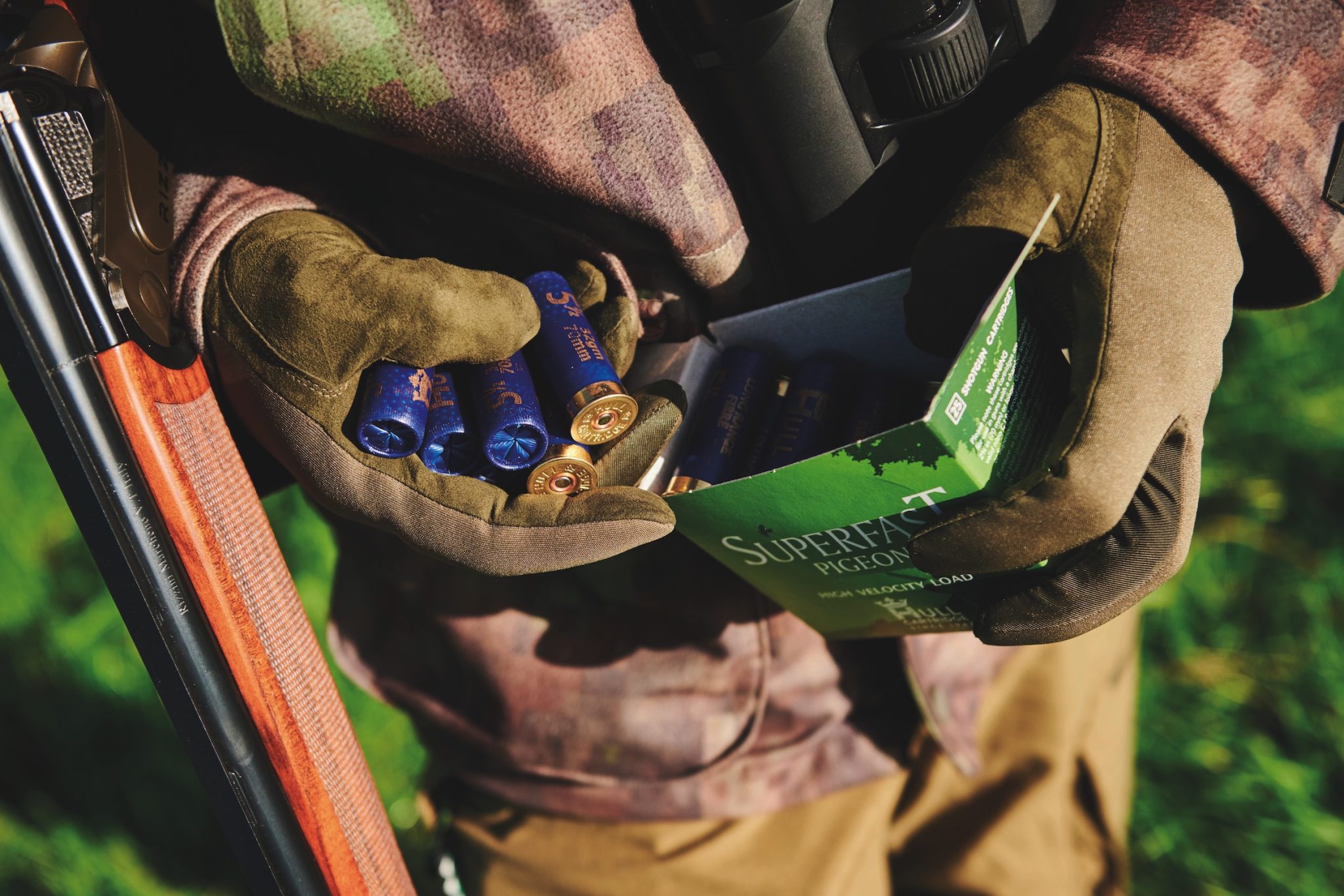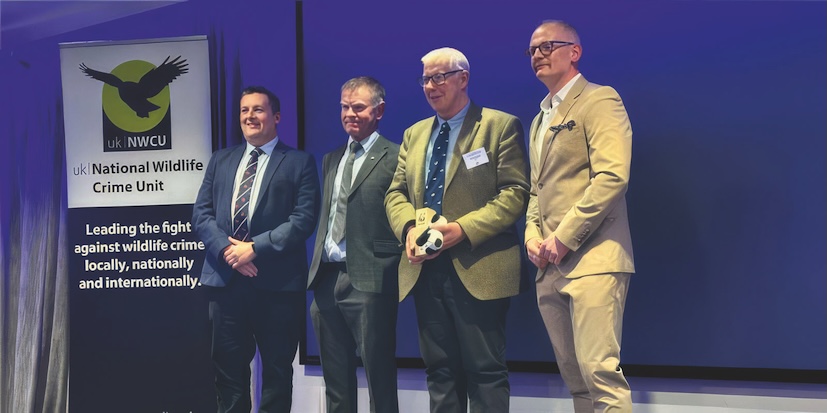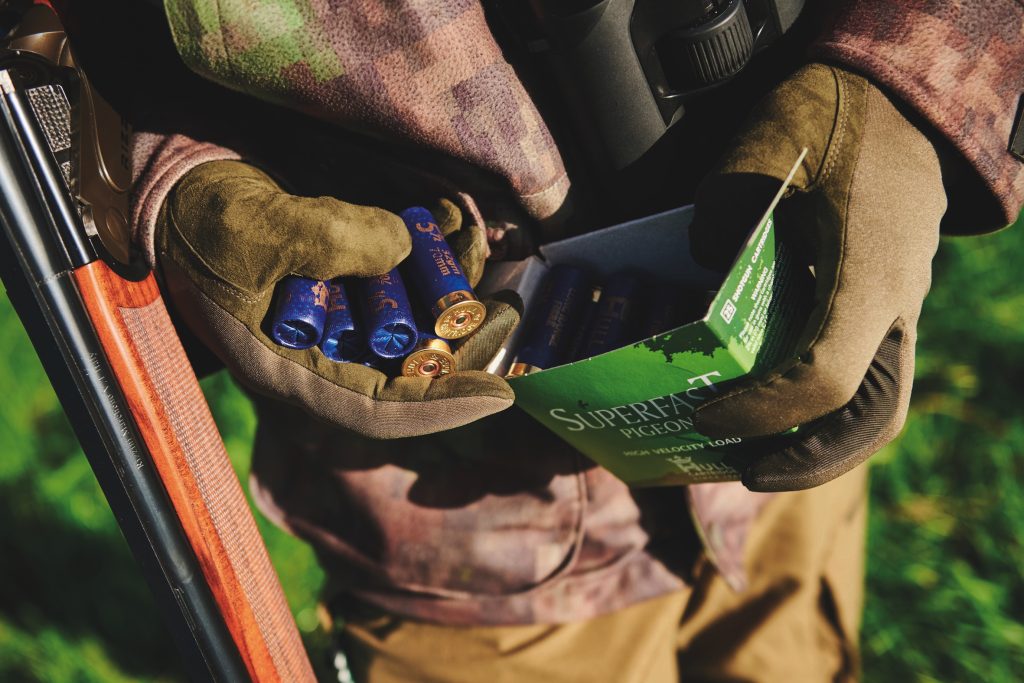The countdown is on for The British Shooting Show – book tickets online today and save on gate price!
How poor eyesight affects your shooting
Holland and Holland's Chief Instructor has advice for anyone whose shooting has deteriorated with their eyesight
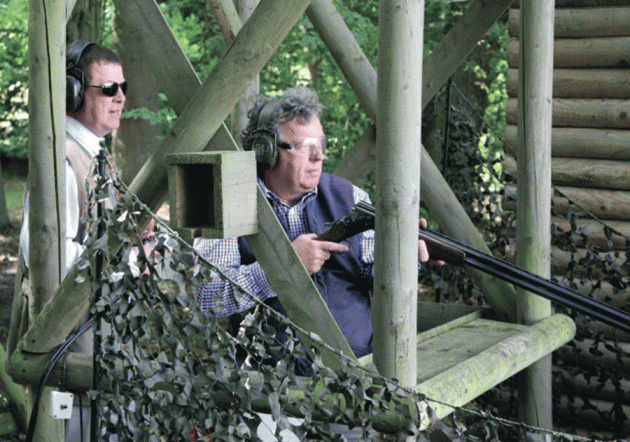
There’s a saying in shooting: ‘what’s hit is hit, what’s missed is history’. That’s true enough if you manage to nail more than you miss but it’s not easy to forget the failures when you start missing almost as many as you kill. And it’s especially galling if you’re left without an earthly as to why you can’t hit the proverbial cow’s arse with a shovel.
I’m talking about clays because most folk would be pretty happy with a 50 per cent hit rate on flighting duck, woodpigeon, or high-ish pheasants and partridge. But 50/50 on clays is not really where you want to be if you once enjoyed a bigger average of the sort that won class prizes on a good day.
My sideboard may never have groaned under the weight of trophies but there was a time, briefly, when I shot ‘A’ Class FITASC Sporting scores. Today I struggle to flounder my way into ‘C’ Class.
Trouble is some weekends I still manage to shoot “not half bad” and this gets me thinking that if I got out more, banged off a wagonload of cartridges, then maybe I could get back to 80 per cent again. Next time out though, in goes another 50. Bugger.
Seeking the truth
Old dad used to say the truth will always out and that’s what finally happened on a visit to Holland and Holland’s delightful shooting ground in Northwood, Middlesex. The instructors and ground staff have added a new layout to the many already there to simulate decoyed pigeons, which pals said was a whole lot of fun to shoot. They said I should give it a try. So I went.
Luckily I got chatting to Holland’s all-seeing Chief Instructor, Chris Bird before heading for the pigeon hide. And in passing I mentioned my hit and miss existence.
He didn’t have to, but Holland’s head man very kindly offered to check the fit of my gun to see if that might be the cause of the misery. Oh dear, it took just six shots at the pattern plate for the truth “toout” – gunfit, as I expected, was spot on, but my eyesight wasn’t. In fact it was badly skew whiff, with the emphasis very definitely on the ‘badly’. One moment my usually dominant right master eye was in control, next the left was taking over.
“The unfortunate complication you’ve got here,” Chris said in his best bedside manner, “is that the left eye isn’t fully dominant. If it were, you would at least have the option of learning to shoot from the left shoulder – difficult to do, but a sound solution if you managed it.”
But there was more…
While watching me shoot Chris also noticed a tendency to cheek the gun harder on some shots, and not others.
“The pattern placement shows there’s a degree of central vision going on here and your gun mount is a product of it; it’s a sub-conscious way of you getting both eyes to share the job of aligning the top rib with the target” he said.
Trials and tribulations
So was there an answer? Chris ran through the options:
- Dim the left eye just before the gun is mounted. Smear Vaseline or place some other device on the left lens of some shooting glasses to obscure the view of the target.
- Impart more cast to the stock either by bending and/or taking wood from its face.
I tried dimming the eye, it all felt natural enough and I was sure the wink would soon become an automatic part of the gun mount. Unfortunately it didn’t cure the miss rate – dimming failed because with both eyes on the target from start to almost finish, the left still had time to influence muzzle alignment, even after the eye had shut. Strange I know, but true.
What about the Vaseline ‘route’ then? Chris felt it might be worth going down if it were just clays I planned to shoot, but in the field it was best to keep full binocular vision in order to cope with birds appearing unexpectedly from different directions. What he said made complete sense.
And as for tinkering with the stock, Chris was reluctant to do it because the gun’s present fit is as good as it gets.
The only other course was to keep both eyes open to clock a bird or target early, but to then shut the left before moving the gun. Eye tight shut it was then.
New tricks
Ever deliberately closed one eye before calling for the target. No? Try it, lousy pun aside it’s an eye opener in more ways than one!
First, sight pictures built on thousands of cartridges and filed away over the months and years suddenly alter, some quite dramatically.
Single targets coming from the right side didn’t cause too many problems but those appearing from the left were an altogether different kettle of fish, not giving much time at all to deal with them.
Straight high driven birds also proved a bit tricky because now, when the muzzle pulled in front, the target was lost from view and I couldn’t watch it break. At least I managed to avoid making the mistake of stopping the swing of the gun just before I pulled the trigger, or lift my head from the stock to watch the birdie again.
“On a driven game shoot,” said Chris, “you will almost certainly find it better to stand side on to a high bird and shoot it as an overhead crosser.”
“You are going to have to rebuild your library of lead pictures and that means getting out to shoot as often as you can. Take yourself off to a ground or club where you can practice quietly on your own, see what works and what doesn’t. Have fun shooting. Don’t get too serious, and avoid competition of any sort; don’t put yourself under any pressure.”
Have I got news for you!
Everyone’s eyesight alters with age and a creeping change in eye dominance is just one of the things that might happen. But if you habitually work at a computer screen, be worried – it’s a change that’s almost a cast iron certainty nowadays!
“A few years ago I would naturally expect to come across eye dominance issues like yours from time to time in middle aged people but today the problem is cropping up regularly, it’s one that even affects shooters in their 20s,” Chris said.
“Very simply, staring at a computer screen all year is taking its toll. We are seeing it here more often at Holland and Holland and increasingly it’s a talking point among instructors from other shooting schools as well.”
Thanks to Chris, I now have something positive to work on and while these are early days, I am slowly learning to get used to shooting with one eye shut.
No doubt the wheels will come off when the teal are zipping here, there and everywhere on evening flight but I will give it a go and let you know how I fare!
In the meantime I would thoroughly recommended Chris and his team to anyone who feels their eyesight might have changed, but can’t quite put a finger on what’s causing the loss of form. Chris is more clued up than most on the problem and, equally important, able to suggest solutions suitable to the individual.
Oh, and by the way…the pigeon layout is huge fun to shoot!
Related Articles
Get the latest news delivered direct to your door
Subscribe to Shooting Times & Country
Discover the ultimate companion for field sports enthusiasts with Shooting Times & Country Magazine, the UK’s leading weekly publication that has been at the forefront of shooting culture since 1882. Subscribers gain access to expert tips, comprehensive gear reviews, seasonal advice and a vibrant community of like-minded shooters.
Save on shop price when you subscribe with weekly issues featuring in-depth articles on gundog training, exclusive member offers and access to the digital back issue library. A Shooting Times & Country subscription is more than a magazine, don’t just read about the countryside; immerse yourself in its most authoritative and engaging publication.



